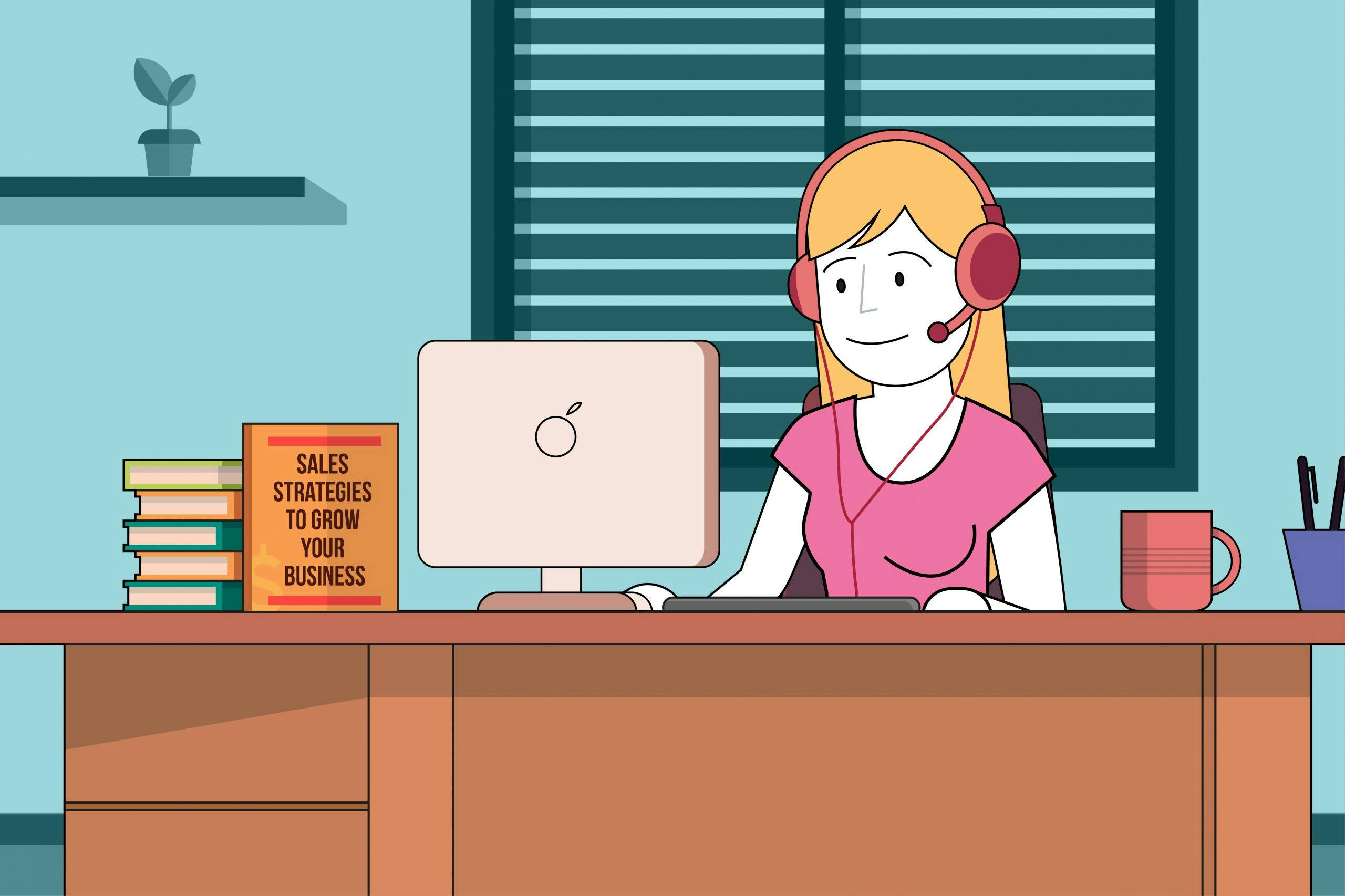Your brilliant product has finally—finally!—made it from idea to an actual, tangible good, and you’re excited to share it with the consumer public at large. As you should be! You’ve worked hard to get where you are, and your product could change the consumer packaged goods (CPG) industry and consumers’ lives. But getting your product into the hands of retail buyers and consumers—ahhh…that’s where it can get a bit tricky. And there’s really only one solution.
Sell, sell, sell.
You might hear the term “sales strategies” and groan. Maybe the image of a stereotypical used car salesman in an ugly sportcoat comes to mind. But the upshot is this: If you want your product to be successful, you have to sell it. It’s a part of the CPG journey for suppliers, and it’s key to your success because if you can’t sell your product, your business will fail and all the time, money and work you’ve invested in it was for nothing. Maybe that sounds dire? Maybe not—sales are the backbone of businesses, and the good news is it doesn’t have to be a torturous experience. In fact, selling your product might actually become one of your favorite parts of doing business. Here are 3 sales strategies that can help.
1. Make sure your communication skills are on point.
When you get down to it, sales is simply being a good communicator. And even if you wouldn’t consider yourself skilled at communication, you’re in luck, as it is a skill that can be learned. Do note that there are several aspects of communication that you need to take into account, from giving prepared speeches to communicating with unhappy customers, to interactions going off the rails and forcing you to improvise, and more. Being able to listen to what your customers are saying or asking for is also an essential component of communication. Without listening, how can you provide the necessary feedback, or respond appropriately?
2. Know your target
We know you didn’t enter into this CPG journey without doing some research. Inc the course from idea to reality, you’ve undoubtedly had to research myriad elements of your product, from ingredients to packaging options, to vendors who can help you out with insurance or distribution. But there is a common denominator in those seemingly almost disparate elements: your target market. That might mean a specific region, or even a specific retailer, or perhaps a specific type of consumer, but either way, every decision you’ve made has been with that target in mind.
And if it hasn’t been, chances are when it’s time to sell your product, your strategies will be scattered rather than focused and effective. By understanding the ins and outs of your target, you build better momentum, which, once one target is achieved, can help springboard you onto your next target.
The simple truth is that your brand can’t be everything to everyone, nor can you sell your product to everyone under the sun. By identifying and understanding your target market, what you can do is better funnel your resources and create a higher chance for success.
3. Sharpen the tools in your toolbox
Today’s world of CPG sales looks nothing like it used to. So much of product discovery has shifted to online platforms, and as of late, so have events where traditionally suppliers would be able to meet buyers face-to-face. And because of this, the tools used for your sales strategies will have to shift a bit as well, to be tailored to a virtual setting.
Take, for example, the digital sell sheet, which is replacing the traditional sell sheet of old. Really, it’s not much different from the one-page sell sheet you’re familiar with, it’s simply a sell sheet being used in a new way—virtually—to highlight your brand’s best qualities, and grab the attention and interest of buyers, enough so that they want to reach out and contact you. And it should include what you would normally include on a sell sheet—like an overview of your product and images—as well as elements that work for virtual product discovery, like keywords, working links, and critical details like your website and your social channels.
Another sales tool that is a must-have these days to sell—and sell well—is a social media presence. Like virtual events that have replaced live ones in recent months, using social media channels as a way to sell products has increased, and it’s a trend that isn’t going to plateau any time soon. By leveraging the creative content social media platforms provide, brands can grow their presence and follower base, and together those are a strong sales strategy that brands shouldn’t ignore.
Selling doesn’t have to be scary, but it does have to be done. Honing your sales strategies and aligning them with the new normal that CPG is evolving into is critical to success for brands. Leveraging those strategies to increase not only sales but brand awareness puts you on a path of continued success.


